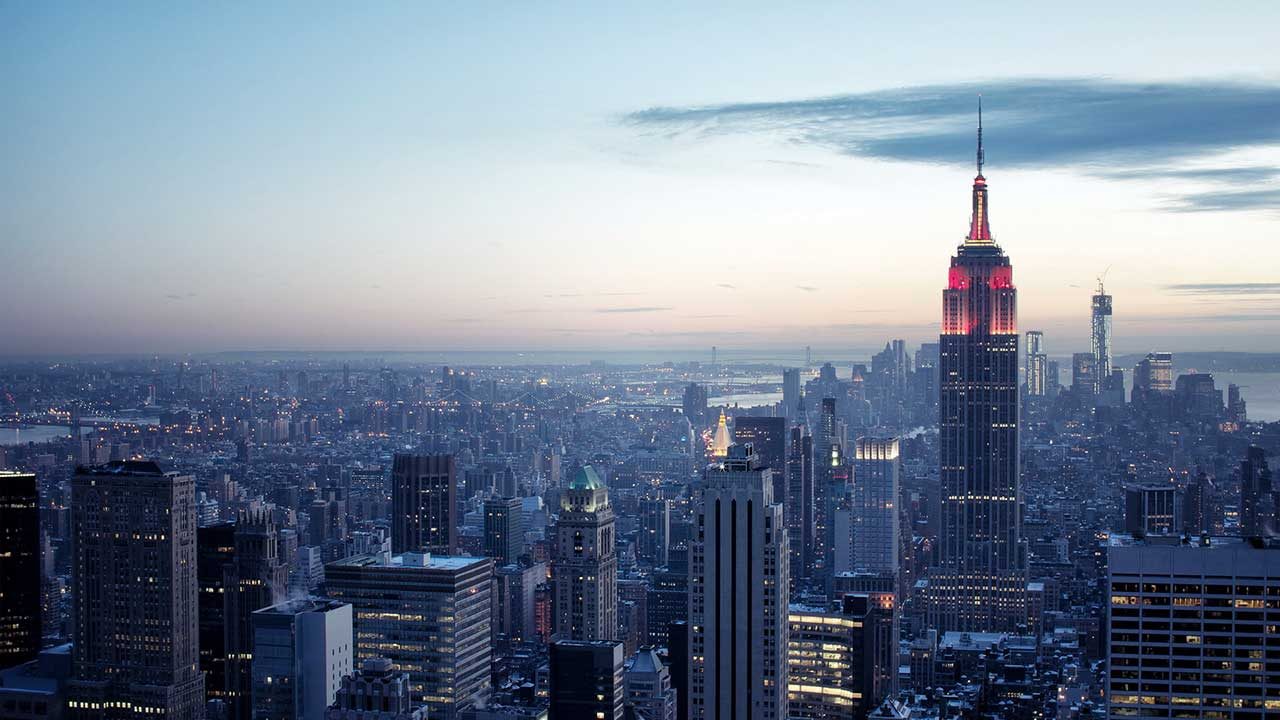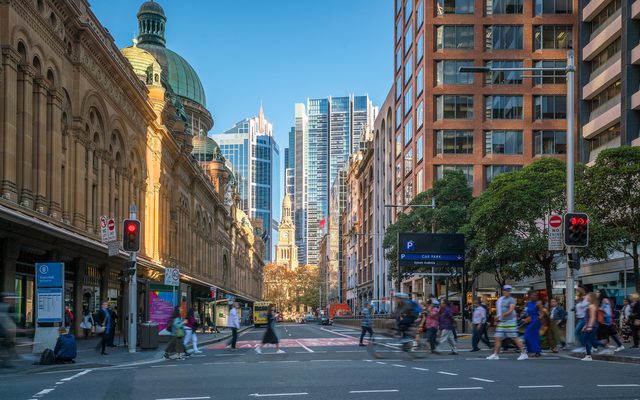This article is from the Australian Property Journal archive
NEW York’s Fifth Avenue is once again sitting atop the list of the world’s most expensive retail streets, which have seen 6% shaved off rents during the pandemic – although there has been a rebound since the depths of lockdowns and halted international travel.
Sydney’s Pitt Street Mall topped Australia’s retail rents in Cushman & Wakefield’s Main Streets Across the World report, which ranks streets across 92 cities. This is the first time the annual report – first run in 1988 – has been published since the outbreak of COVID.
Fifth Avenue topped the global list with average rents of US$2,000 per sq ft. Pegging the Hong Kong dollar to the US dollar has helped Hong Kong maintain a high-ranking position in 2022 in second place, with Tsim Sha Tsui at US$1,436, jumping ahead of Causeway Bay (US$1,292) as the territory’s most expensive strip.
In third was Milan’s Via Montenapoleone at US$1,$380, becoming Europe’s most expensive shopping street for the first time as it climbed above New Bond Street in London (US$1,361), Avenues des Champs- Élysées in Paris ($1,050), and compatriot Via Condotti in Rome ($1,178).
“The industry has been through one of the biggest stress tests imaginable over the past few years, but best-in-class retail real estate has remained robust,” said Robert Travers, head of EMEA retail at Cushman & Wakefield.
“While we now face new economic challenges, the conversation has shifted from pessimism to retail´s omnichannel evolution.
“Many brands are playing the long game and seeking to secure prime opportunities to adapt to ever-demanding customer needs. With further investment in high-quality in-store experiences and advances in omnichannel approaches, we are confident in the resilience of the sector, particularly at the luxury end, and in key global destination cities.”
Rents rebound
Rents across global prime retail destinations declined by 13% on average at the peak of the pandemic, but have rebounded to sit 6% below pre-pandemic levels. Global rental growth over the past year averaged 2% but has varied.
The Asia Pacific was the region most impacted during the pandemic, with rents dropping 17% on average as border closures affected prime international tourist destinations. In EMEA, rental declines averaged 11%, while the decline in the Americas was just 7%, helped supportive fiscal policies and domestic migration patterns boosting buying power.
Since the pandemic nadir, global retail market rents have rebounded approximately 50 percent. Much of that improvement occurred through 2021 and into the early part of this year before global economic headwinds started to negatively impact markets.
Hong Kong and Tokyo dominate regional rankings
In the Asia Pacific, Hong Kong and Tokyo dominate the region’s most expensive streets, accounting for six of the region’s top seven – only Pitt Street Mall, at US$723, broke into the bunch in fifth. Behind Tsim Sha Tsui and Causeway Bay were Tokyo’s Ginza (US$945), Omotesando (US$756), and Shinjuku (US$709) in third, fourth and sixth, with Hong Kong’s Central in seventh at US$616.
Seoul’s Myeongdong and Gangnam Station were next, with Shanghai recording the highest ranking for China and rounding out the top 10.
Melbourne’s Bourke Street Mall was 16th in the Asia Pacific (US$318) and Queen Street Mall in Brisbane was 26th (US$185).
Hong Kong’s 45% decline in rents from pre-pandemic to its COVID-19 low largely reflected the impact of the drop-off in mainland Chinese tourists as international borders were shut, and were likely exacerbated by local headwinds. Other Asia Pacific markets such as Sydney and Seoul that also rely heavily on international tourists saw declines in excess of 20%.
Cushman & Wakefield’s Asia Pacific head of insight and analysis Dominic Brown said tighter closure of international borders had a more severe impact on Asia Pacific’s luxury retail strips than elsewhere in the world. He said that while many markets have now either fully or partly reopened their borders, international tourism in the region is still down 75% on 2019 levels compared to the global average of 28% and just 16% in Europe.
“That being said, domestic consumption has rebounded strongly, with practically all Asia Pacific markets recording retail sales higher than prior to the pandemic. We also know that e-commerce sales have slowed over the past year as customers have returned to physical stores.”
He said prime shopping districts in key locations continue to command strong rents that “defy the predicted demise of physical retail”.





